Palmetto Bluff Real Estate Company Sales Office
Office Hours
Monday-Friday 9am - 5pm
Saturday 9am - 4pm
Sunday 12 - 4pm
Saturday 9am - 4pm
Sunday 12 - 4pm
The autumn sun is beginning to set over the salt marsh, casting a golden glow on the sea of grass before me. I’m standing at the edge of Theus Point, listening to the sounds of the marsh settling down for the night. Marsh hens finish their cackling and prepare to retire for the evening. The bubbly pop of oyster shells expelling water on the falling tide punctuates the quiet. I watch a northern harrier (endearingly named “marsh hawk”) glide over the vegetation while looking for an evening meal. The sulfurous smell of pluff mud permeates the air. I breathe the aroma in deeply and am reminded of the childhood I spent living alongside a saltwater marsh in Charleston.
The salt marsh is an integral part of life in the Lowcountry. Fingers of its serpentine channels reach into our culture and flood our history. It is the basis of much of our economy, from the fishery and shellfish industries to tourism. Our coastal marshes provide a buffer from hurricanes and absorb much of the storm surges associated with them. It is amazing to consider that the foundation on which this ecosystem and our culture rests is a single species of grass, spartina alterniflora, or smooth cordgrass.
Spartina has deep roots that anchor it into pluff mud, which, ironically, is composed of decayed spartina along with other organic matter. The constant process of decay in this plethoric detritus is what causes the sulfuric rotten egg smell that is either loved or hated by coastal inhabitants; there is rarely an ambivalence on this odorous emission. These prolific roots mean spartina can withstand twice daily tidal changes without being washed away. Their presence decelerates the fl ow of water, causing sediment to precipitate and accumulate over time, providing habitat for mussels and oysters.
Spartina is the only plant along our coast tolerant of extreme conditions resulting from repeated inundations of saltwater. The constant change in water level causes multiple tremendous temperature fluctuations within a single day. Spartina is halophytic, meaning it is a plant adapted to environments rich in salt. The epidermal tissue of its leaves has special glands that excrete salt and allow this grass to withstand constant exposure to saltwater. As a child, I used to run my fingers along the stalks so I could taste the marshy salt. These adaptations mean spartina is extremely adept at dominating this habitat at the almost complete exclusion of other plants, making our marshes a grassland in the water.
The fall has always been my favorite time of year in the salt marsh. Flowering grass stalks produce seeds smaller than a grain of rice and then, spent and with a fulfilled purpose, begin to die off in preparation for winter. The dying leaf blades begin to change color in the late fall, becoming beautifully golden before settling on light brown. Some of these dead stalks break off and float as wrack in the tide, beginning their process of decay with the assistance of bacteria and algae. Come spring, new growth will push up and detach the remaining dead stalks, and these too will turn into wrack and eventually decompose. The annual cycle of growth and death makes the salt marsh one of the most energetically productive ecosystems in the world—second only to tropical rain forests.
Decaying spartina is an important food source for many detritivores that eat rotting organic material, such as grass shrimp and fiddler crabs. As dead spartina grass gets broken down into smaller and smaller particles, it is filtered from the water by several bivalves and crustaceans, including oysters, mussels, and barnacles. Fiddler crabs help mix particles that sink below the mud by bringing balls of sludge to the surface while excavating their burrows. The nutrient influx from spartina is what makes our water so murky—and so productive.
The abundance of nutrients combined with shelter from predators makes the salt marsh a crucial nursery. Over 75 percent of species in our commercial fishery use its protection at some point during their life cycle, including shrimp, blue crabs, oysters, and red drum. Some species complete their entire life cycle within the confines of the salt marsh, while others are transient, beginning their ontogeny in the ocean then moving into inland creeks to spawn, breed, or grow. Our humble salt marsh is the beginning of the circle of life for our oceans.
While I have been pondering this, the sun has completed its journey to the bottom of the sky, and I begin to head back to my truck. I hope to see an otter slinking through the marsh in search of crustaceans or an owl hunting for rodents scurrying within the grass. As I drive away, I study the moonlight gleaming off the unassuming stalks of the foundation of it all: the spartina grass.
%GALLERY%
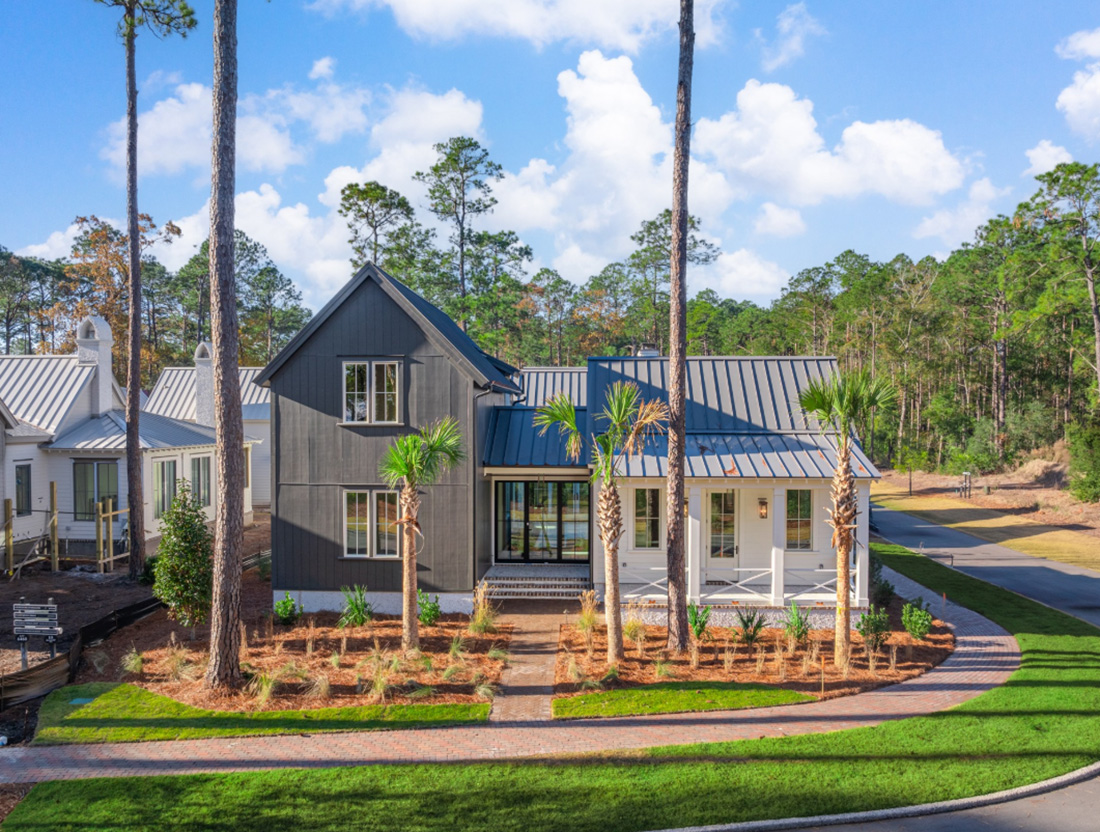
The Ultimate Choice: Building vs Buying a Home in Palmetto Bluff For those searching for Palmetto Bluff homes for sale, this common question often arises: Should you choose an existing residence, or embrace the opportunity to build your own? While a complet...

A Complete Guide to South Carolina Winter at Palmetto Bluff South Carolina's winter is unlike any other on the East Coast. While many travelers search for “South Carolina winter” expecting cooler temperatures and limited outdoor options, the Lowcountry revea...
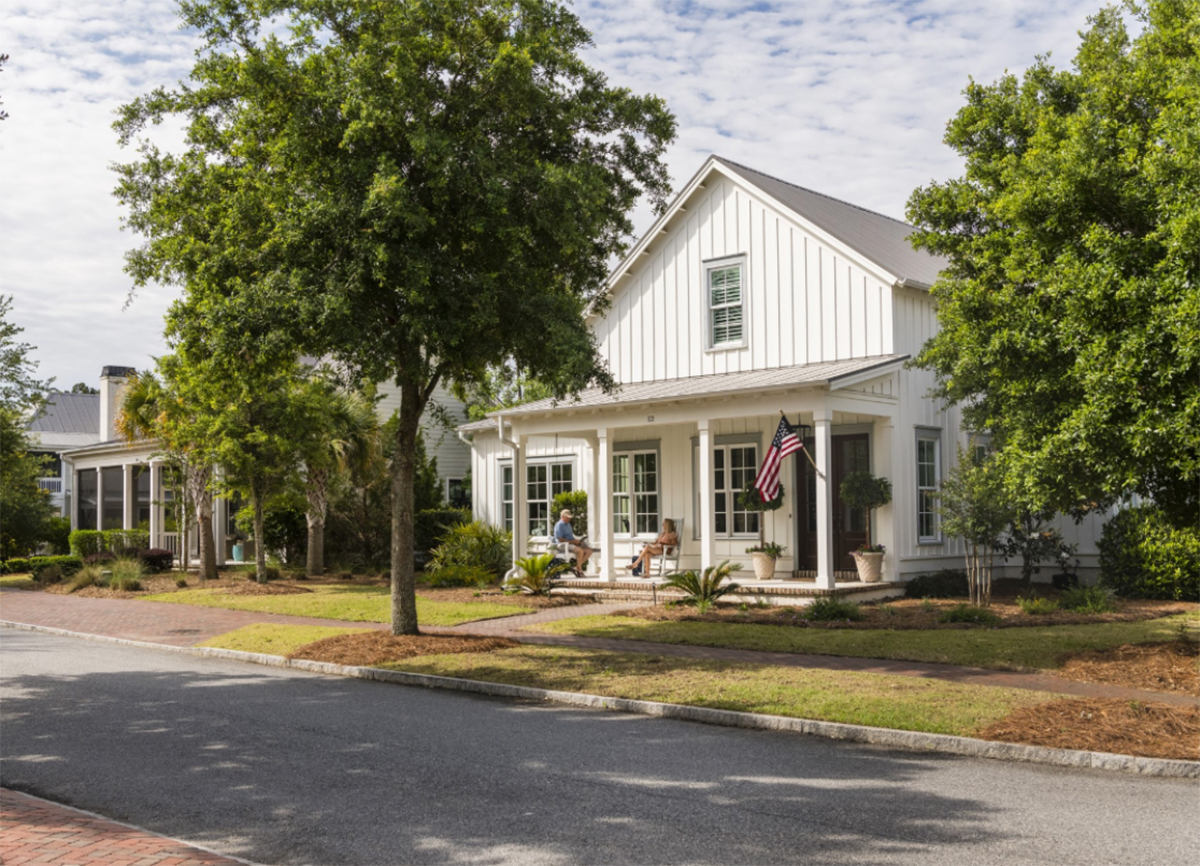
River Road: Where Lowcountry Beauty Meets Elevated Everyday Living Tucked gracefully between Wilson Village and Moreland Village, River Road is one of Palmetto Bluff’s most immersive communities. It's where the pace of life seems to soften, classic Southern ...
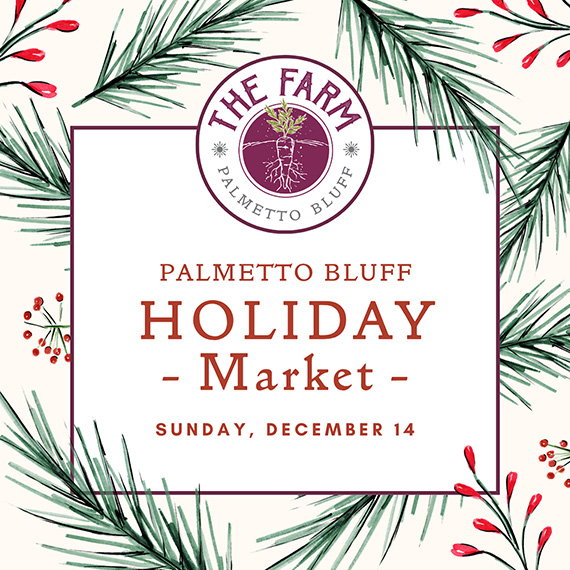
Sunday, December 14 | 9am to 1pmVillage GreenThe season’s most festive farmers market, the Holiday Farmers Market, comes to Wilson Village on Sunday, December 14, from 9am to 1pm. All are welcome to visit and experience the magic of holidays at the Bluff. The ...
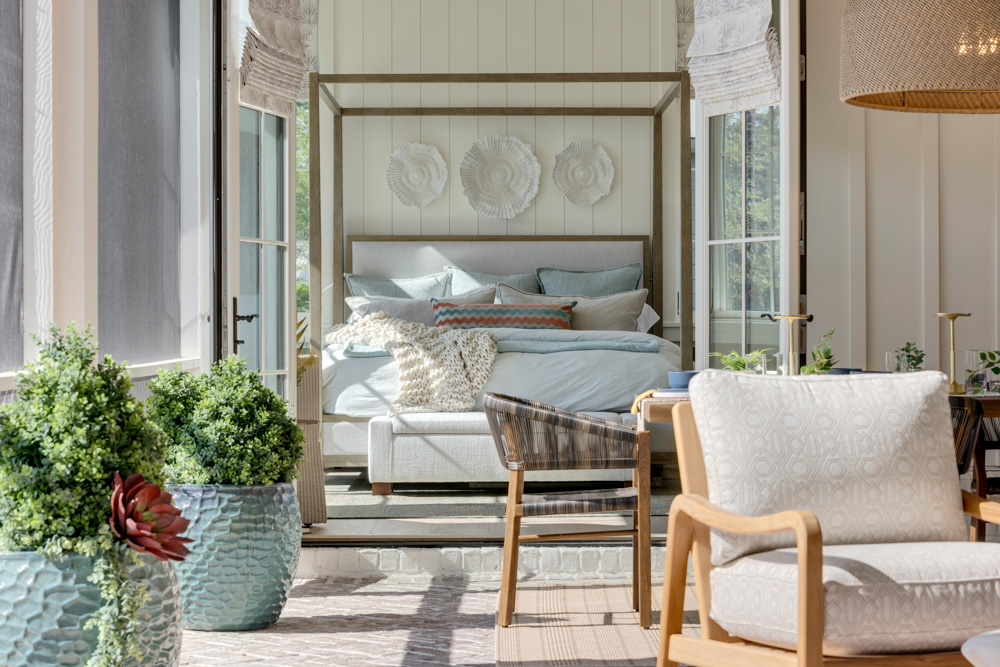
Tucked amid whispering pines and overlooking a tranquil water trail, 11 Lyonia Street is where Lowcountry charm meets modern artistry. The newly built residence redefines Southern living with a balance of craftsmanship and calm. This is a home that feels both ...
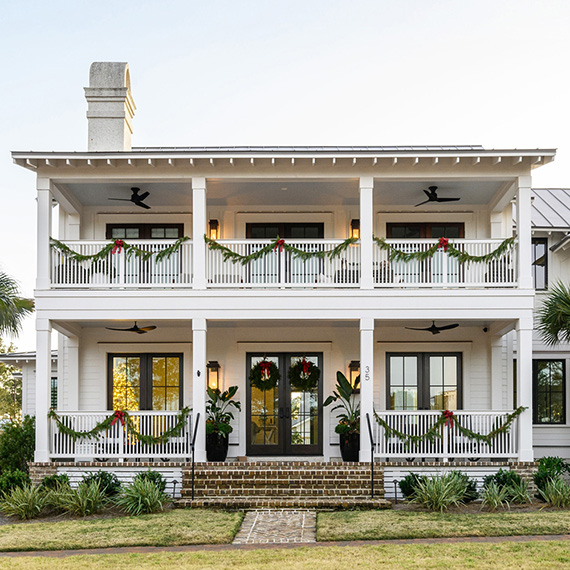
The holiday season in the Lowcountry brings crisp air, oaks draped in twinkling lights, and laughter drifting from homes where families and friends gather once again. At Palmetto Bluff, the holidays are more than just a season; they’re a feeling of togethernes...
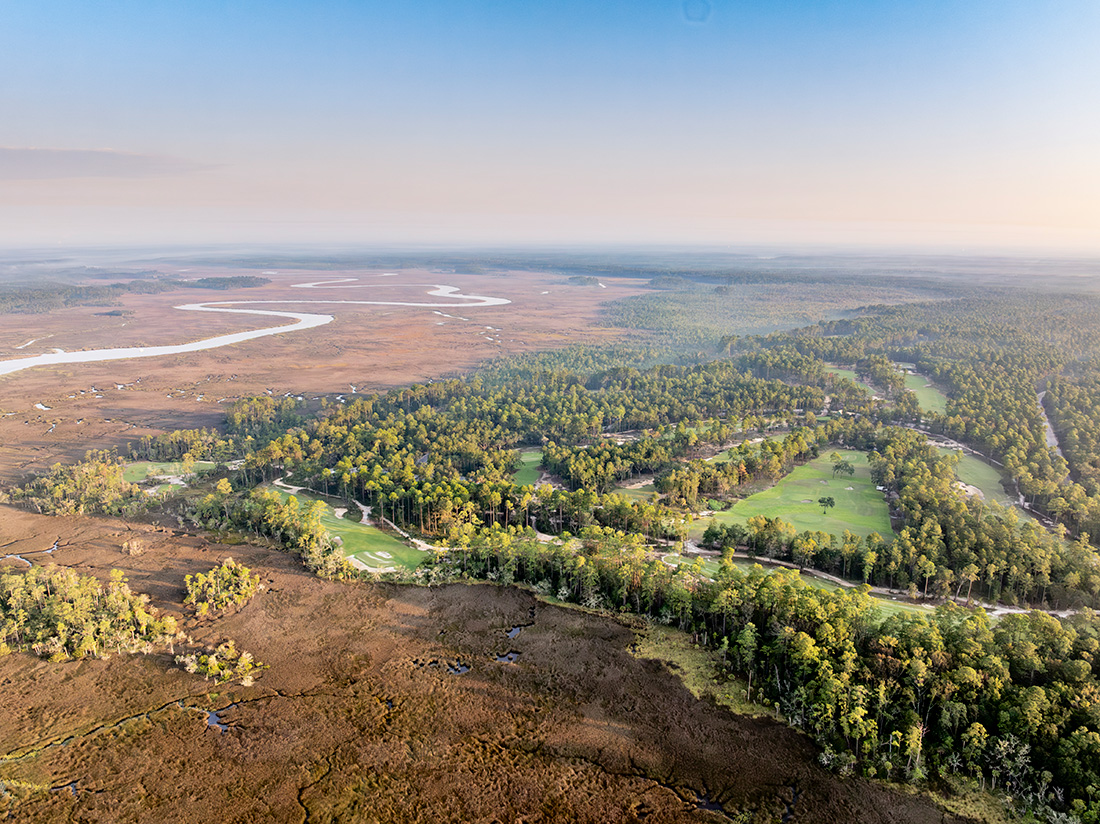
https://vimeo.com/1071784239?share=copy&fl=sv&fe=ci We are excited to unveil the official brand identity for Palmetto Bluff’s newest chapter in golf, Anson Point Golf Course. Designed by golf icons Bill Coore and Ben Crenshaw and set within more t...
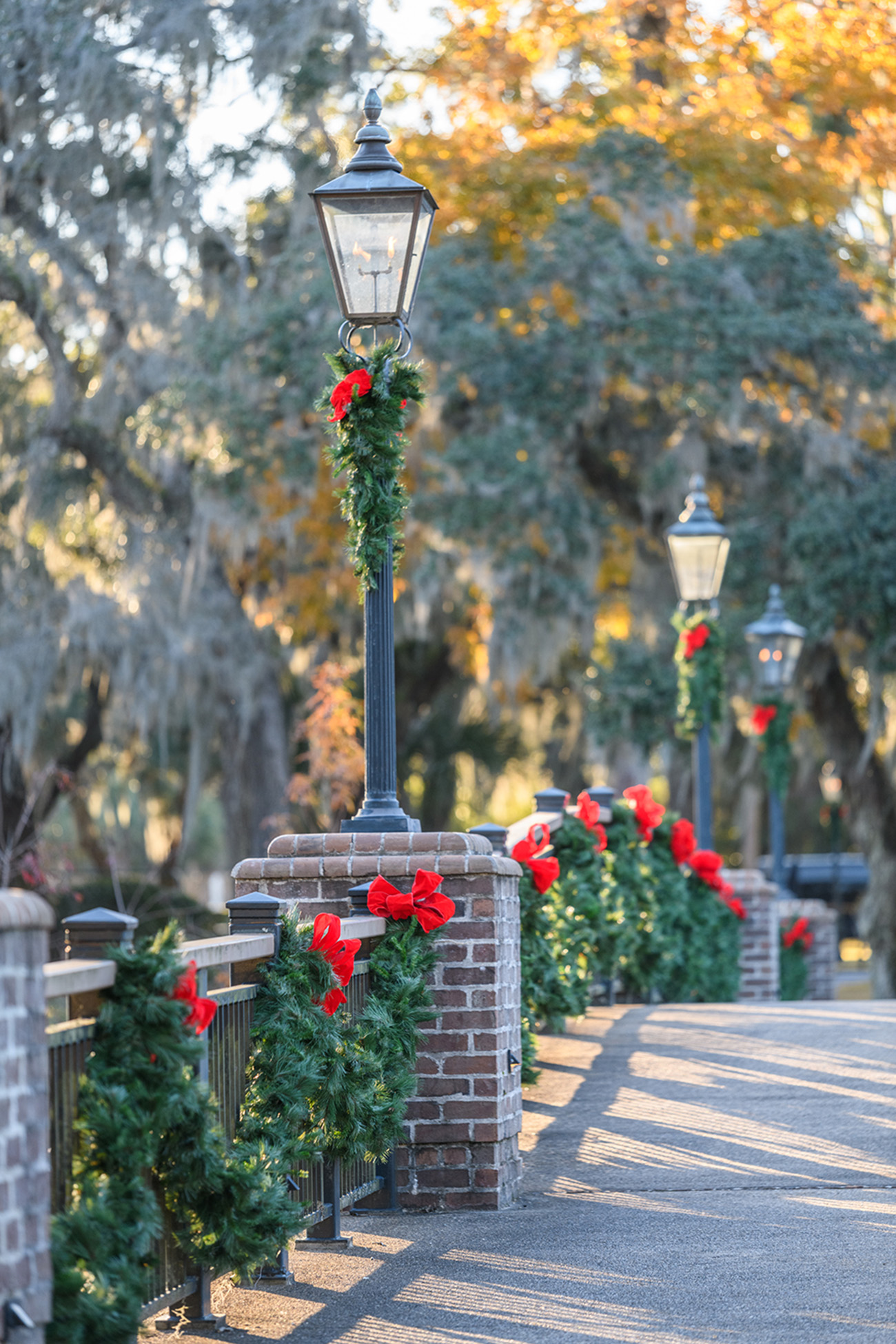
Must-Do 2025 Holiday Events in the Lowcountry There’s no better way to embrace the magic of the holidays than spending them in the heart of the Lowcountry. With its sparkling waterways, moss-draped oaks, and warm coastal charm, Palmetto Bluff transforms into ...
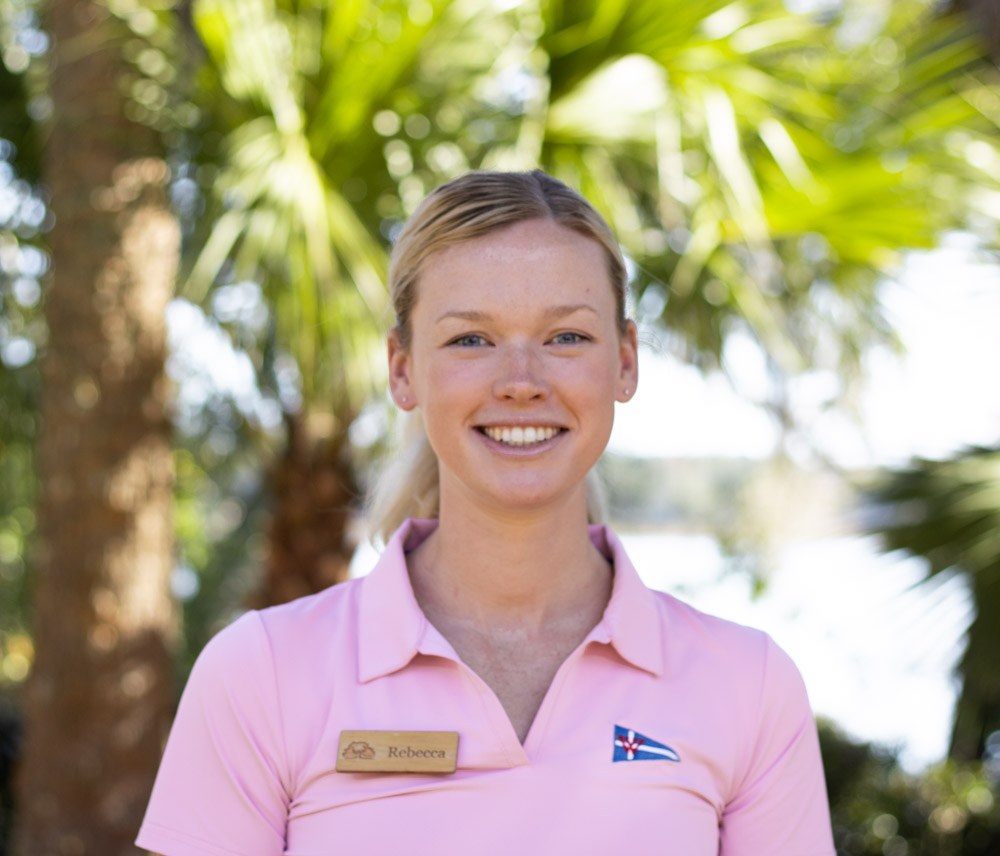
Rebecca’s Journey to Palmetto Bluff For Rebecca McCorkendale, life on the water isn’t just a career—it’s a calling that runs through generations. Growing up on Hog Island, nestled between Hilton Head and Bluffton, Rebecca was raised with salt air in her lungs...
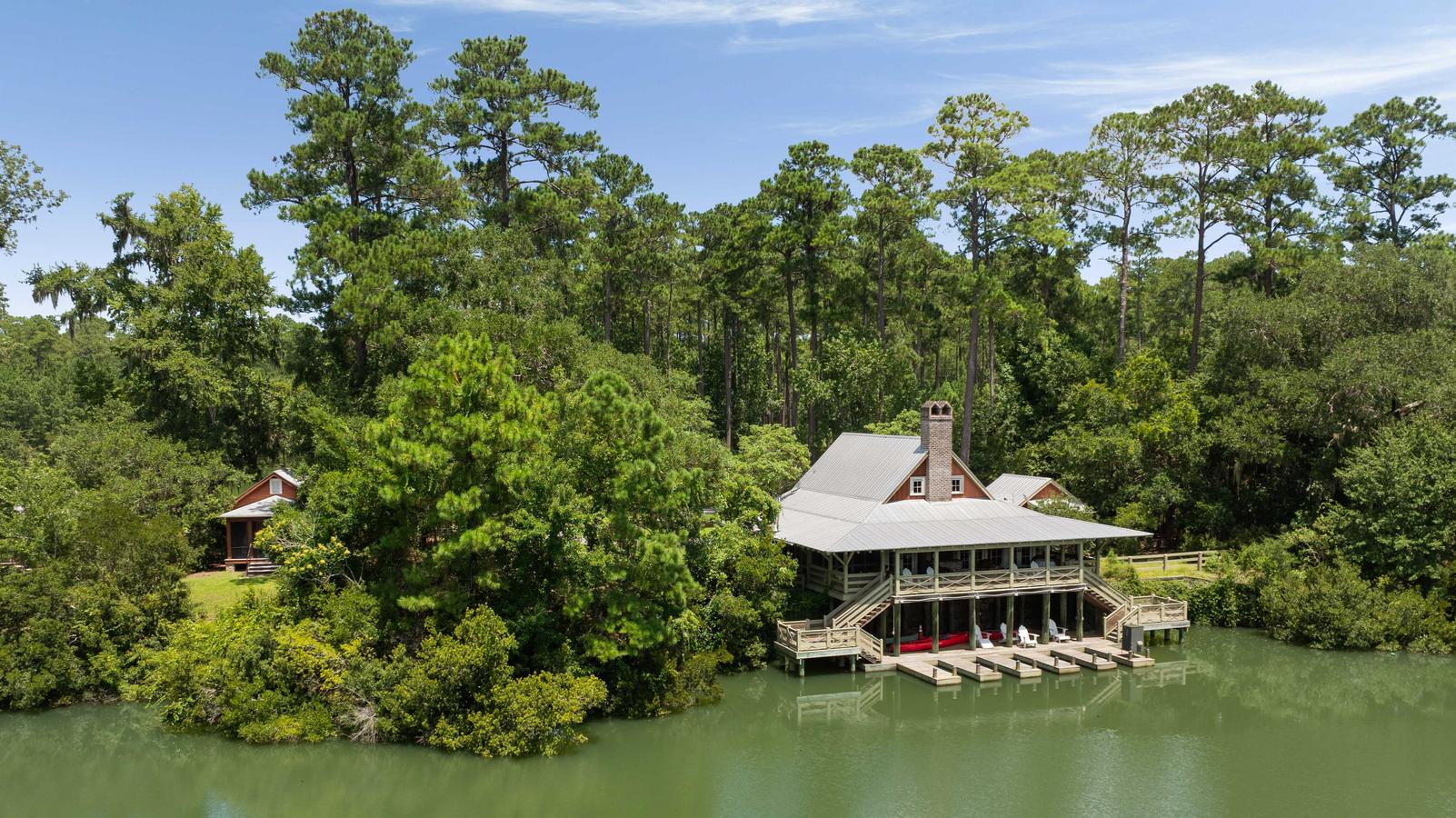
Headwaters Community in Palmetto Bluff Tucked deep within Palmetto Bluff’s untouched maritime forest, Headwaters stands apart as the community’s most private and pristine enclave. With just ten family compounds spread across more than 600 acres of scenic mars...
We do not attempt to independently verify the currency, completeness, accuracy or authenticity of the data contained herein. All area measurements and calculations are approximate and should be independently verified. Data may be subject to transcription and transmission errors. Accordingly, the data is provided on an “as is” “as available” basis only and may not reflect all real estate activity in the market”. © [2023] REsides, Inc. All rights reserved. Certain information contained herein is derived from information, which is the licensed property of, and copyrighted by, REsides, Inc.